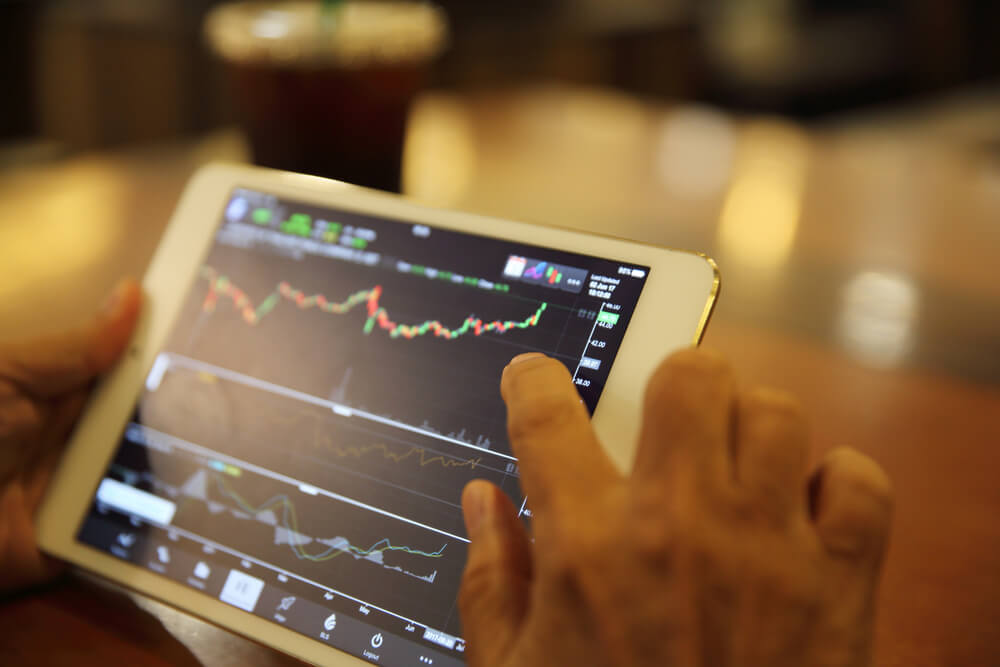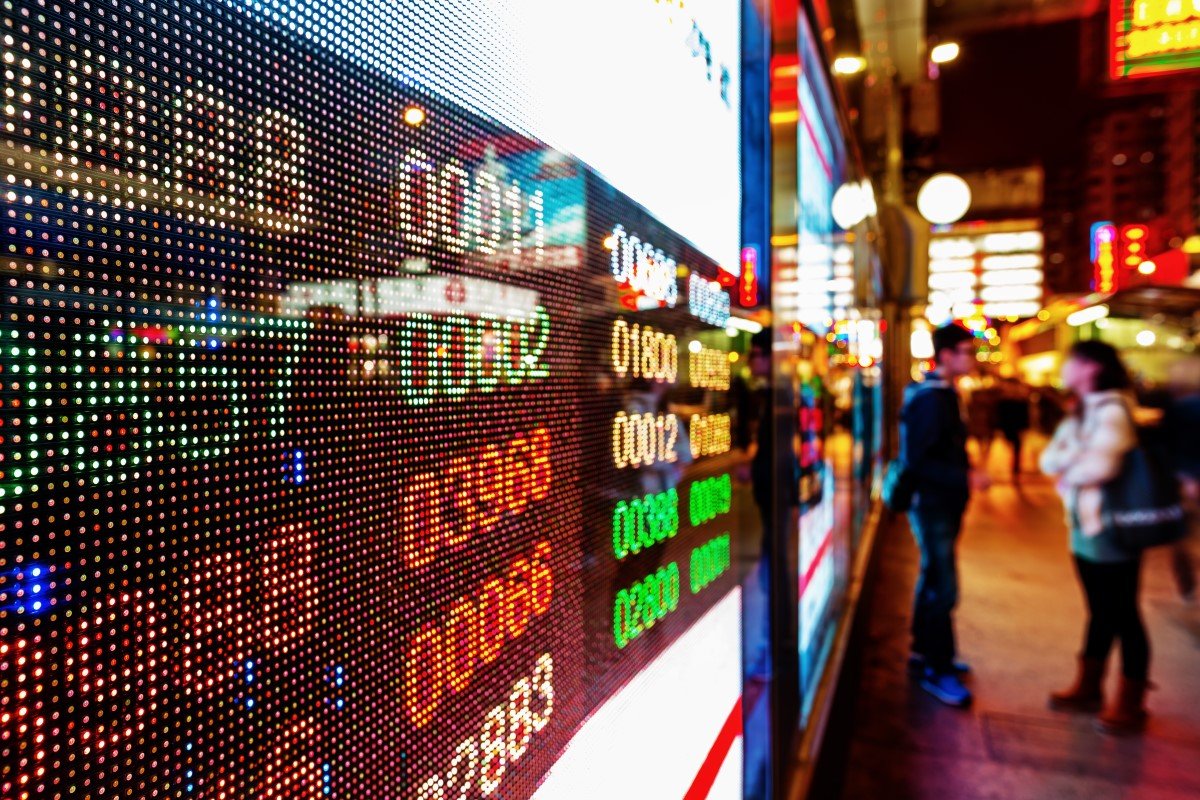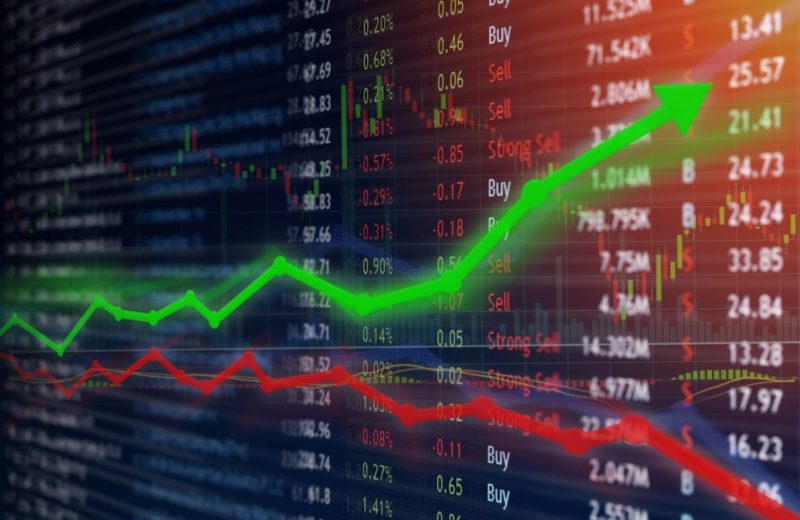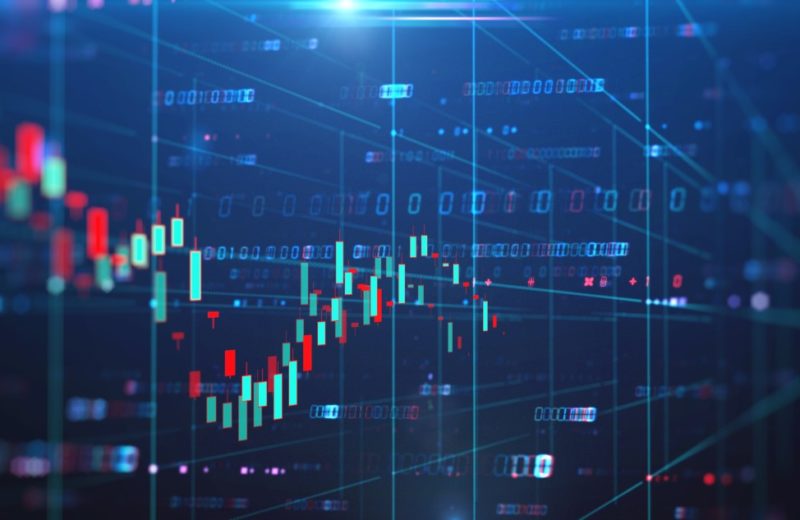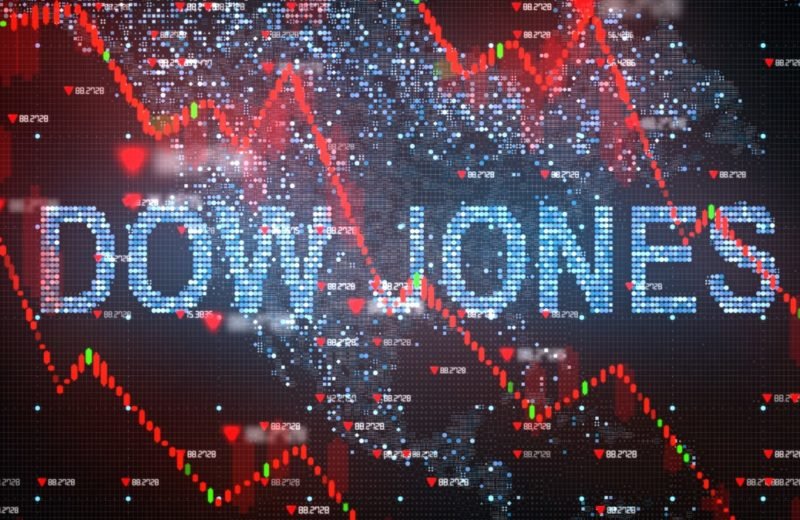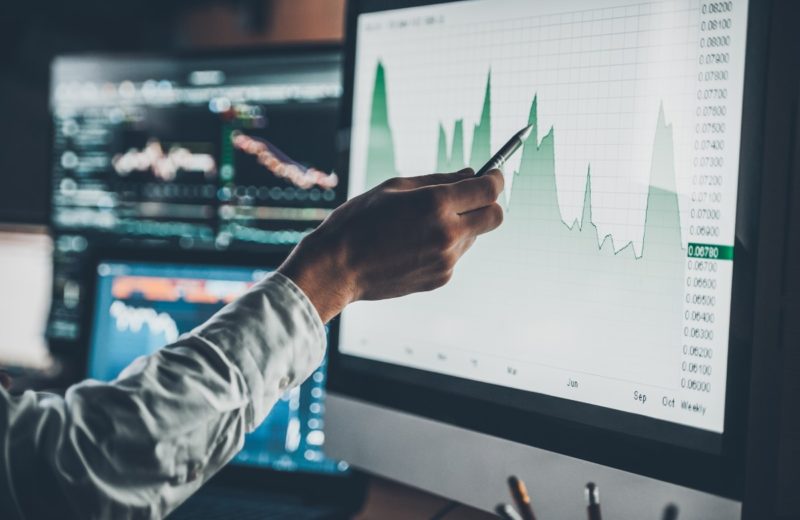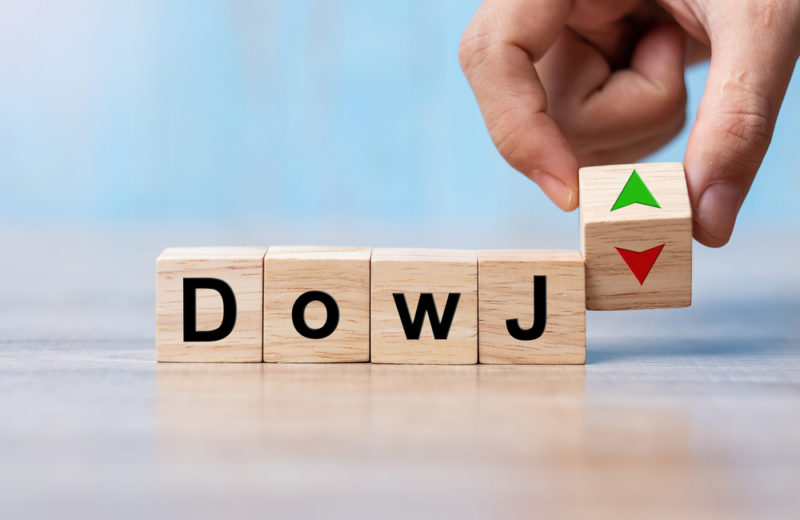Russia’s central bank cautiously reopened bond trading on the Moscow exchange Monday for the first time since the country invaded Ukraine, sending the price of the country’s ruble-denominated government debt lower and borrowing costs higher.
Stock trading remained suspended, with no word on when it would reopen.
To support prices, the central bank purchased bonds. The central bank has imposed broad restrictions on financial transactions to stabilize markets and combat the severe fallout from Western sanctions, which have sent the ruble sharply lower against the US dollar and the euro.
Russia’s bonds downgraded to “junk” status, and the head of the International Monetary Fund has stated that a default on government debt is no longer “an improbable event”. Last week, Russia’s finance ministry threatened to pay foreign holders of dollar bonds in massively devalued rubles before sending the money in dollars.
However, it failed to make another interest payment to foreign investors earlier this month; this could lead to the government being declared in default once a 30-day grace period expires. Instead of paying bondholders, the Russian government deposited the payment on ruble debt in a government depository account.
The government borrows the majority of its funds from domestic Russian banks.
The RGBI index of government debt fell 9.4%; it pushed interest yields on bonds with maturities of 1-2 years to 19.5% and those with maturities of 10 years to 18.1%.
According to a statement on the central bank’s website, the bonds purchased would be disposed of later to avoid influencing the bank’s monetary policy.
Stocks traded on February 25, the day after the invasion began, and the main stock index fell sharply.
Stock Futures Slip
US stock futures fell in early morning trading on Wednesday as investors digested Federal Reserve data on inflation and interest rates.
Dow futures were 63 points lower. The S&P 500 futures fell 0.2 percent, while the Nasdaq 100 futures fell 0.25 percent.
The major averages rose on Tuesday as investors weighed recent comments from Federal Reserve Chairman Jerome Powell. The Fed raised interest rates for the first time since 2018 last week; it forecasted a quarter-point increase at the remaining six meetings in 2022.
Powell then appeared to ratchet up the rhetoric even more on Monday, promising strict action on inflation. The Dow Jones Industrial Average gained more than 250 points on Tuesday; it received aid from a 2.2 percent increase in Nike’s stock following strong earnings. The S&P 500 gained 1.1 percent.
The Nasdaq Composite rose 2% as Meta Platforms, Amazon, Apple, Netflix, and Alphabet’s parent company, Google, closed higher.



